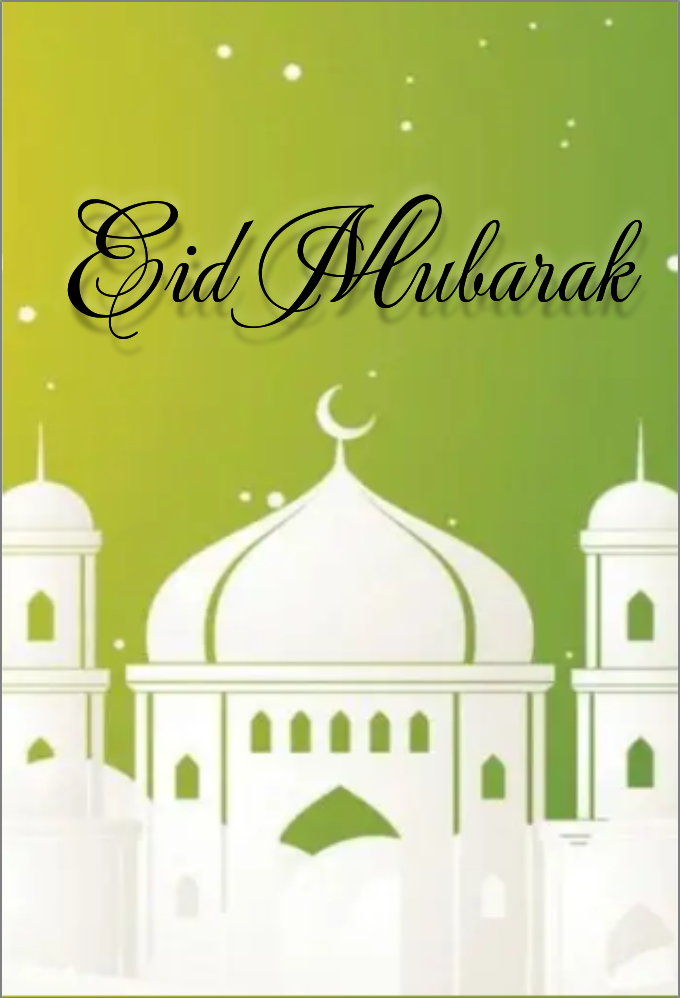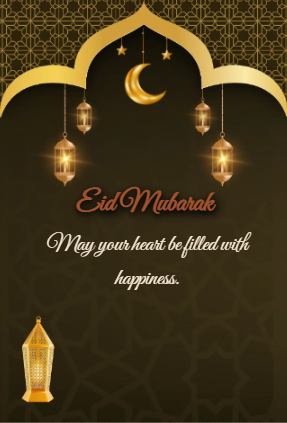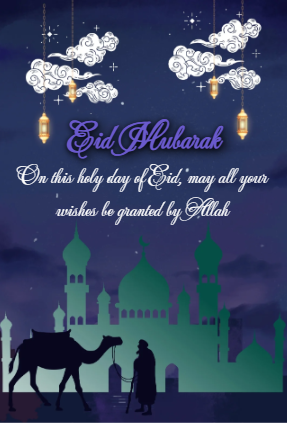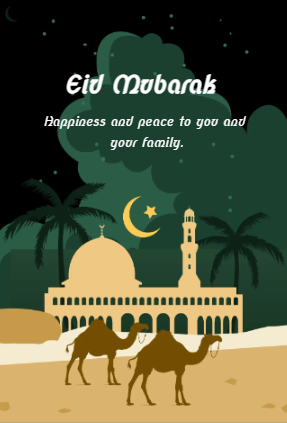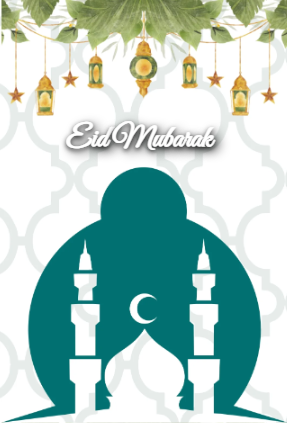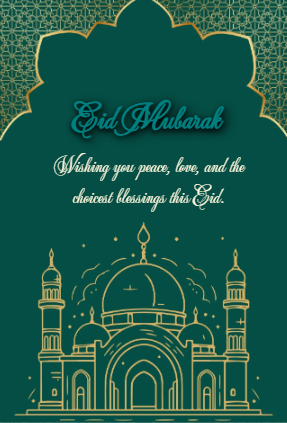Eid ul-Fitr: A Festival of Joy, Gratitude, and Unity
Eid ul-Fitr, often referred to as the "Festival of Breaking the Fast," is one of the most significant religious festivals for Muslims worldwide. It marks the end of Ramadan, the Islamic holy month of fasting, prayer, and reflection. The day of Eid ul-Fitr is a celebration of the spiritual accomplishments achieved during Ramadan and is a time to express gratitude to Allah for the strength and patience shown throughout the month.
Eid ul-Fitr is a joyous occasion, filled with feasting, prayer, charity, and the gathering of family and friends. It is a moment of unity where communities come together to break bread, share blessings, and celebrate their faith.
Eid ul-Fitr is more than just a festival; it is a reminder of the values that lie at the heart of Islam—gratitude, compassion, unity, and spiritual growth. As Muslims around the world come together to celebrate the end of Ramadan, they reflect on the lessons learned and carry forward the spirit of selflessness and kindness into the months ahead.
The Spiritual Significance of Eid ul-Fitr
Eid ul-Fitr is not just a celebration; it is a spiritual reward for the devotion and sacrifice made during Ramadan. Fasting during Ramadan, one of the Five Pillars of Islam, is a practice that encourages self-discipline, empathy for the less fortunate, and a deeper connection with Allah. The completion of this month of fasting is honored with Eid ul-Fitr, where Muslims express their gratitude for Allah’s guidance and blessings.
The festival begins with the Eid prayer (Salat al-Eid), offered in congregation in mosques or open fields. This special prayer is a means of seeking blessings for the month ahead and asking for forgiveness, mercy, and peace. Muslims also recite the Takbir (an expression of faith and glorification of Allah) before the prayer, signifying their unity and devotion.
The Traditions of Eid ul-Fitr
- Zakat al-Fitr (Charity) : One of the essential practices of Eid ul-Fitr is giving Zakat al-Fitr, a form of charity given to the less fortunate. This obligatory charity ensures that even the poor can partake in the joy of Eid. It is usually given before the Eid prayer and can be in the form of money, food, or essential goods. The act of giving Zakat al-Fitr reflects the values of generosity, empathy, and social responsibility that are at the heart of Islam.
- Eid Prayers : The day begins with a special communal Eid prayer performed in mosques or large open areas. It is a time for Muslims to come together as one community, offering thanks to Allah for the strength to complete Ramadan and asking for continued blessings. After the prayer, a sermon is delivered, emphasizing the importance of faith, community, and charity.
- Dressing in New or Best Clothes : On Eid ul-Fitr, it is customary to wear new or the best clothes as a symbol of renewal and purity. Muslims take great care to present themselves well, reflecting the joy and gratitude they feel on this special day. For many, this tradition also involves buying new clothes for family members, particularly children, to enhance the festive spirit.
- haring Meals and Feasting : After a month of fasting, Eid ul-Fitr is marked by a feast with family and friends. Special dishes and sweets are prepared, varying by region and culture. Common treats include Sheer Khurma (a sweet dish made from milk, dates, and vermicelli), Baklava, and Ma’amoul (date-filled cookies). The breaking of the fast on Eid day with a hearty meal is not only a physical joy but also a spiritual one, as it reminds Muslims of Allah’s blessings.
- Visiting Friends and Relatives : Eid ul-Fitr is a day of community and togetherness. Families gather to share meals, exchange gifts, and visit each other’s homes to offer Eid Mubarak wishes. It is also a time to reconcile differences, seek forgiveness, and strengthen bonds within the family and community.
- Giving Gifts : Gift-giving is a common practice during Eid ul-Fitr, especially to children. This tradition, known as Eidi, brings joy to young ones, who receive money, sweets, or toys from their elders. The practice symbolizes generosity and spreading happiness during the festival.
Global Celebrations of Eid ul-Fitr
Though the core essence of Eid ul-Fitr remains the same, its celebration varies across the globe. Here’s how some regions mark the occasion:
- Middle East : In the Middle East, particularly in countries like Saudi Arabia and the UAE, Eid ul-Fitr is celebrated with grandeur. The cities light up with decorations, and massive Eid prayers are held in iconic mosques. Families gather for elaborate meals, and there is a significant emphasis on charity and helping the less fortunate.
- South Asia : In countries like India, Pakistan, and Bangladesh, Eid ul-Fitr is a vibrant festival where streets are filled with vendors selling sweets, clothes, and toys. Muslims in these regions prepare dishes like Biryani, Seviyan, and Haleem to mark the occasion. Families visit relatives, share meals, and exchange gifts.
- Southeast Asia : In Malaysia and Indonesia, Eid ul-Fitr is known as Hari Raya or Lebaran. Muslims return to their hometowns for the celebration, a practice known as Mudik. Special delicacies like Ketupat (rice cakes wrapped in palm leaves) and Rendang (spiced meat) are prepared. It is also a time to visit elders and ask for their blessings.
- Africa : In African countries like Nigeria and Egypt, the spirit of community is strong during Eid. Families come together for prayers, followed by large feasts with traditional dishes such as Jollof Rice in Nigeria and Kahk (Eid cookies) in Egypt. The day is also marked by giving to those in need.
- Western Countries : In Western countries like the United States, Canada, and parts of Europe, Muslims celebrate Eid ul-Fitr by attending congregational prayers in community centers and mosques. It is a time for multicultural celebrations, with various traditions from around the world coming together. Public events and gatherings often take place to share the spirit of Eid with the broader community.
FAQ for Eid ul-Fitr Festival Invitation and Greeting Card?
- What is Eid ul-Fitr, and why should I send invitations or greeting cards?
Eid ul-Fitr is a joyous Islamic festival that marks the end of Ramadan, a month of fasting, reflection, and prayer. Sending invitations for Eid gatherings or greeting cards is a beautiful way to spread happiness, share blessings, and express festive wishes to family, friends, and community members.
- How can I create an Eid ul-Fitr invitation?
- Visit 3Dpostman.com and log in to your account.
- Browse the Eid ul-Fitr templates available.
- Customize the text, event details (such as date, time, and venue), and design elements.
- Optionally add animations and music for a more festive touch.
- Save and share your invitation via email, social media, or messaging apps.
To create an Eid ul-Fitr invitation on 3DPostman:
- Can I send Eid ul-Fitr greeting cards online
Yes, 3Dpostman allows you to create and send Eid ul-Fitr greeting cards online. Simply choose a template, personalize it with your message, and share it digitally with your loved ones.
- Can I add personalized messages to my Eid ul-Fitr invitation or greeting card?
Yes, you can fully customize the text on both invitations and greeting cards. For invitations, include details like the event’s date, time, and venue. For greeting cards, you can add your own Eid Mubarak wishes and blessings.
- Is it possible to add animations and music to my Eid ul-Fitr invitation or greeting card?
Yes, 3Dpostman allows you to enhance your Eid ul-Fitr invitations and greeting cards with animations (such as twinkling stars or moving crescent moons) and background music, such as traditional Eid tunes or peaceful melodies.
- How do I share my Eid ul-Fitr invitation or greeting card?
Once you’ve created your card, you can share it in several ways: Email, whatsapp, social media app.
- Are there eco-friendly options for Eid ul-Fitr invitations and greeting cards?
Yes, by using 3Dpostman’s digital platform, you are opting for an eco-friendly alternative to traditional paper invitations and cards. This helps reduce waste and contributes to a more sustainable celebration.
- How early should I send my Eid ul-Fitr invitations?
It is recommended to send your Eid ul-Fitr invitations about 1-2 weeks in advance to give your guests enough time to plan for the event and RSVP.
- Is there a cost to create Eid ul-Fitr invitations and greeting cards?
3Dpostman offers both free and premium templates. While basic designs are free, certain premium features like advanced customizations, animations, and special templates may require a subscription.
How to Create Eid ul-Fitr Festival Invitations and Greeting Cards
Learn how to create personalized Eid ul-Fitr invitations and greeting cards on 3DPostman. This guide covers everything from choosing a template to customizing and sending your digital cards.

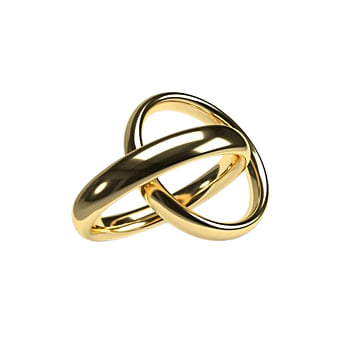
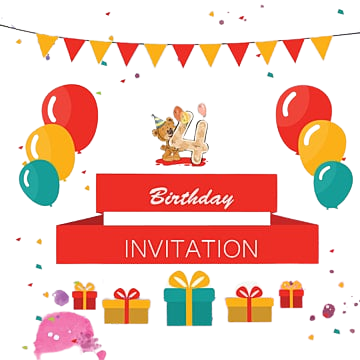
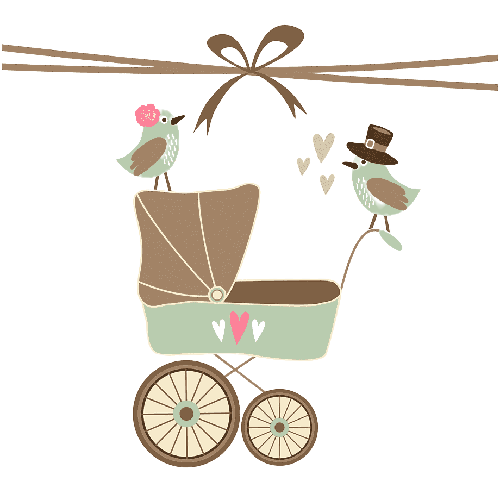






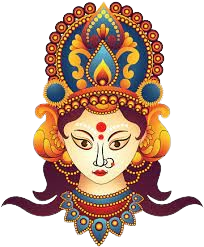
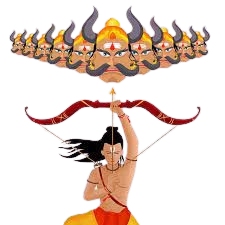




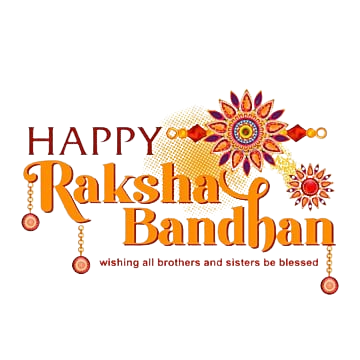
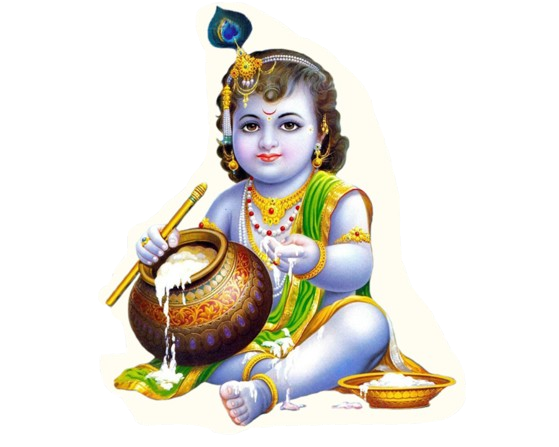
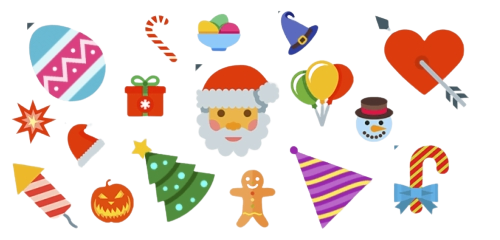







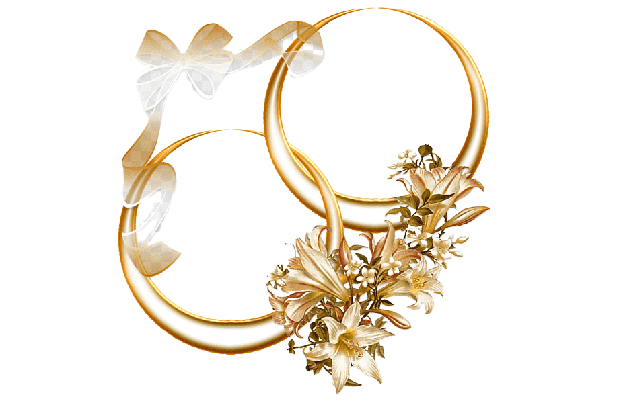



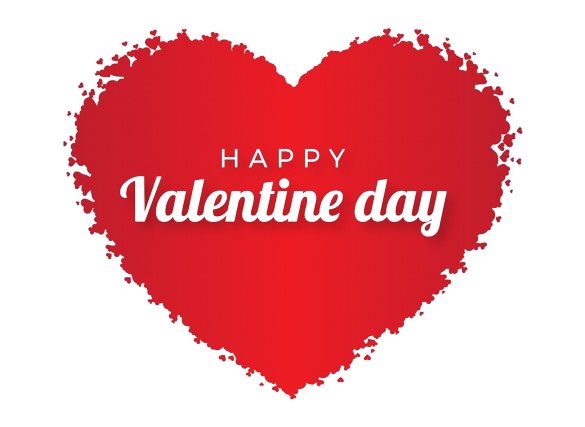
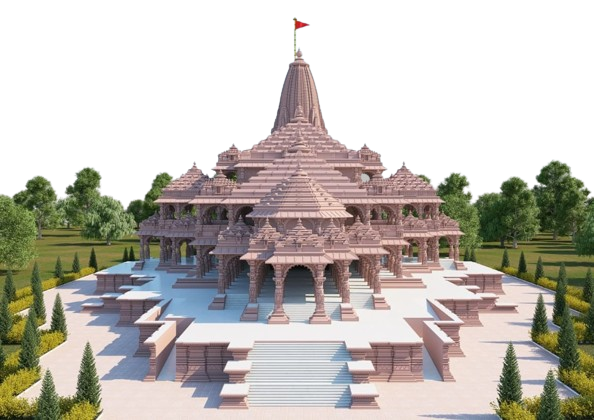
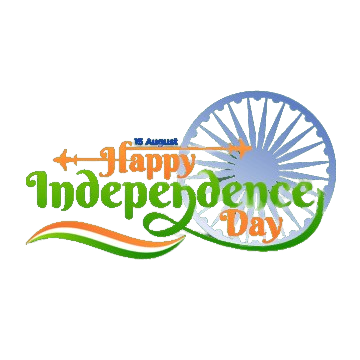

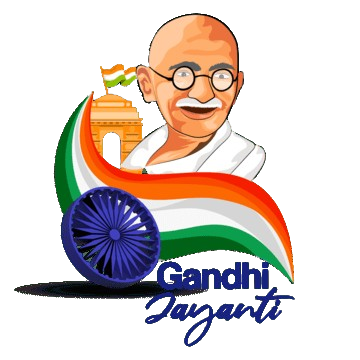
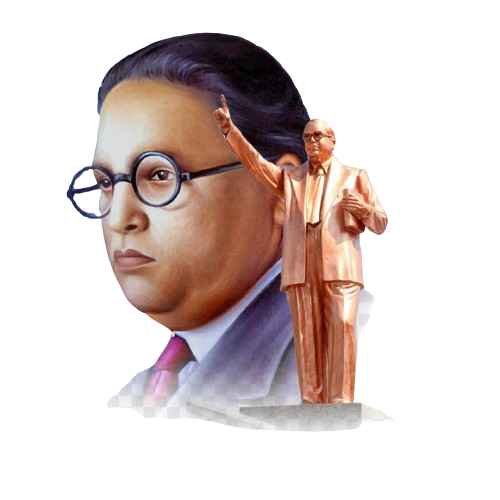
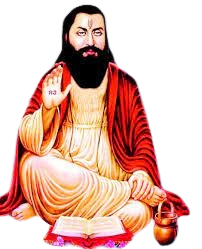




.png)
